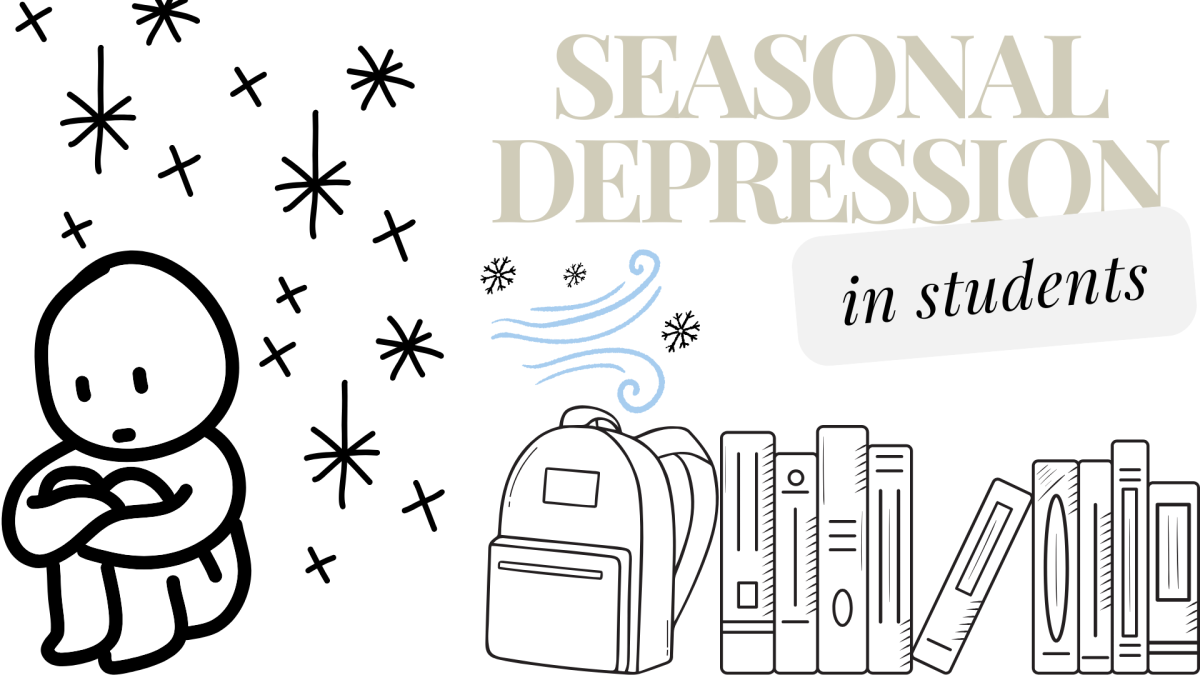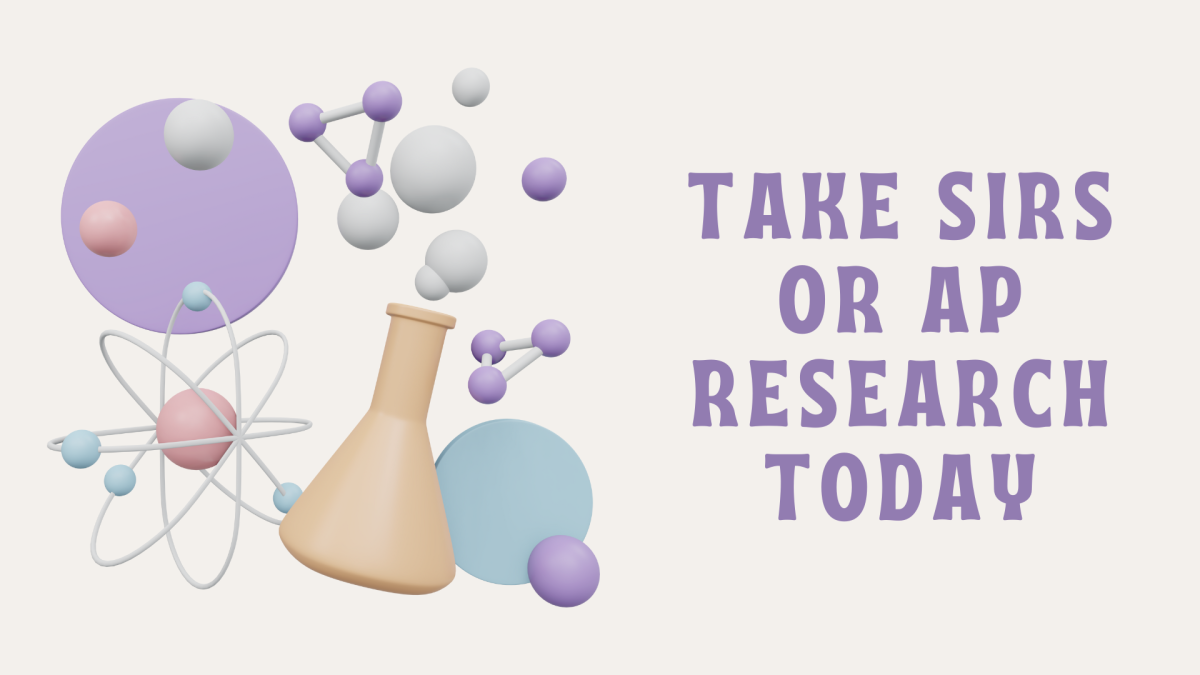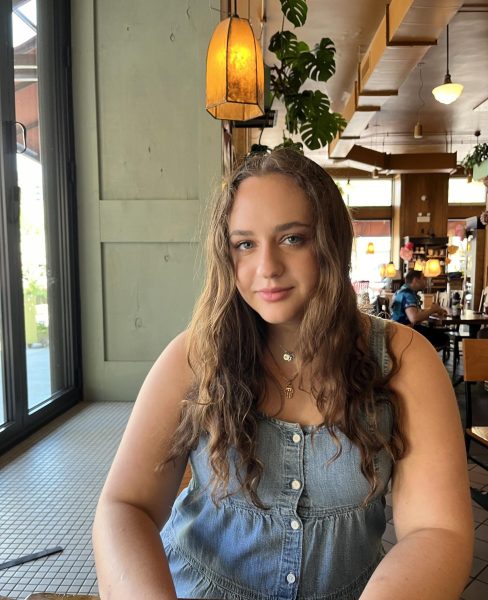I wake up in the morning, overcome with unexplainable grief. My room is pitch black, even though it’s 6 a.m. I groggily turn on my rectangular lamp made to mimic the sun’s rays and sit in my bed for about 10 minutes before I turn it off. This is my morning routine in the winter because I’m lucky enough to be part of the 5% of the population that has Seasonal Affective Disorder (SAD).
SAD is a form of depression. Typically during late fall and winter, people with SAD may experience:
- An extreme lack of energy
- Loss of interest in previously enjoyed activities
- Changes in appetite and sleep
SAD isn’t just typical winter blues. Sure, we all feel a little sadder in the winter; the weather is colder, the days are shorter, and general morale is at an all-time low. SAD, however, is the result of a chemical imbalance in the brain. The lack of sunlight in fall and winter affects serotonin, a neurotransmitter directly linked to mood. Low levels of serotonin are also associated with depression. Brain scans show that those with SAD have higher levels of a serotonin transporter protein that removes serotonin than those who don’t have seasonal depression.
I was diagnosed with SAD three years ago. SAD affects my life in numerous awful ways, the greatest being my life as a high school student. With my first class starting at 7:05 a.m., I am required to be a morning person. SAD makes it extremely hard to wake up energized and motivated to start my day as a school student. In the winter months, it is still dark out when I wake up, contributing to the ever-present difficulty of mornings.
At the conclusion of my school day and extracurricular activities, the sun is already long gone, tucked away behind her blanket of horizon. I walk in and out of school when it is dark, spending the precious, fleeting hours of natural light and/or sun under fluorescent school lights.
SAD affects me, among other students profoundly, in ways that aren’t always extremely obvious. It’s important that teachers and peers take time to regularly check in on student’s mental health, even when it may “seem” to be perfectly stable.
If you happen to be like me and struggle with the silent yet harsh obstacle of SAD, this is my favorite SAD Lamp for the winter months. Many mental health professionals recommend these types of lamps, as they mimic the sun’s rays that are so meagerly found in winter.















